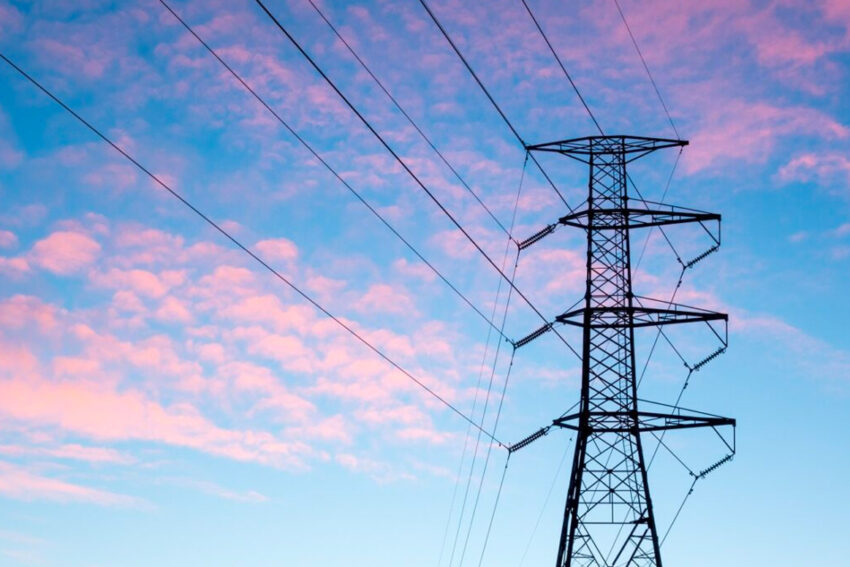REPORTS & BRIEFINGS | 27/04/2023
A zero-carbon power grid and the electrification of heavy industry: how to deliver on a twin challenge

To decarbonise power and end industry’s reliance on costly fossil fuels, the UK must install around 200GW of low carbon energy infrastructure in the next 12 years. At the same time, UK heavy industry will need to increasingly run on clean and affordable electricity in order to rapidly decarbonise and remain competitive. However, the current pace of policy delivery does not meet the scale of this challenge. This report recommends a range of measures to address this.
The report outlines 15 measures to upgrade the power grid, facilitate continued investment in renewables, enable direct access to low-cost renewable power for heavy industry, accelerate low carbon innovation and support the competitiveness of UK industry.
Recommendations include:
1. Accelerate reforms to the grid connection process to significantly cut connection waiting times and prioritise projects that are ready to deploy. As part of this, ensure industrial network connections/upgrades are included.
2. Include a commitment in the promised action plan on accelerating network development to further develop the regulatory RIIO1 Framework to enhance anticipatory investment in network capacity.
3. Treat construction of the necessary grid infrastructure as a national endeavour, requiring collaboration with supply chains to make best use of scarce resources.
4. Streamline the planning process for low-carbon and network infrastructure by installing a presumption in favour of net-zero aligned projects, creating a priority fast-track for significant projects, and scaling up personnel at national and local level to manage the increased demand on these bodies.
5. Extend the Contracts for Difference (CfD) scheme while developing it to support greater locational diversity (e.g., through some weighting / differentiation by zones) and exploring incremental reforms to improve operational signals.
6. Continue to explore the REMA2 option of transitioning to a dual-market approach, creating a Green Power Pool alongside the wholesale market to allow consumers to directly access reliable and increasingly cheap renewable electricity.
7. A bold support fund for industrial decarbonisation is required to secure private co-investment in innovation and deployment of new low carbon production technologies at the scale required.
8. We welcome the commitment from government to ‘rebalance’ electricity and gas prices, shifting policy costs currently levied on electricity bills to gas bills in order to incentivise investment in electrification. However, this change should be implemented as part of the broader policy framework that makes electrification more technologically and economically accessible to heavy industries, along with targeted, time-limited exemptions for industries without viable electrification options.
9. Government should consider both expanding existing exemptions from policy and carbon costs across Energy Intensive Industries and introducing a new exemption for capacity market costs.
10. Explore the possibility of facilitating industrial access to cheap, predictably priced low-carbon electricity via Green Power Pool(s).
11. Consider the case for targeting electricity from the currently limited volume of a CfD-derived renewables pool to include steel production, as an integral part of a transition support package.
12. Explore options to enhance the PPA market, including mitigating the risk of off-taker payment default, for example by developing standardised, tradeable PPA contracts, or offering state guarantees.
13. Set out plans for the introduction of mandatory product standards, in line with the recommendations from a recent report by Frontier Economics and the Aldersgate Group,3 to enhance demand for low-carbon products and ensure a level playing field.
14. To support this, an ambitious Green Public Procurement Strategy would provide a strong market signal to industry and help kick-start the market for low-carbon products.
15. Review the UK Emissions Trading System so as to chart a path from the current structure of compensation and free allowances, towards a system compatible with the EU CBAM, and interactions with mandatory product standards.


